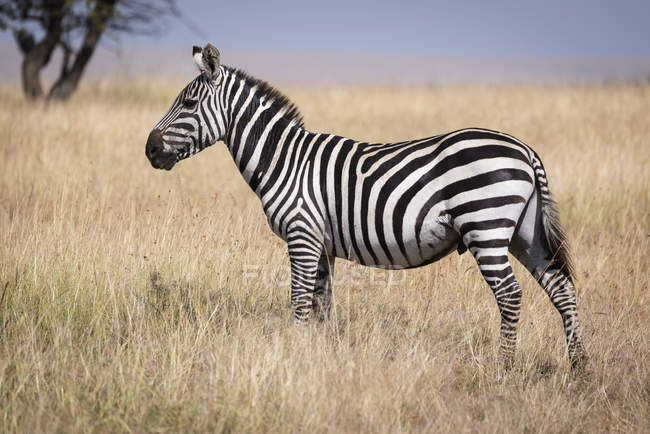Taxonomy and evolution – zebra

Taxonomy and evolution
Further information: Evolution of the horse
Zebras are classified in the genus Equus (known as equines) along with horses and asses. These three groups are the only living
members of the family Equidae.[8] The plains zebra and mountain zebra were traditionally placed in the subgenus Hippotigris (C. H. Smith, 1841) in contrast to the Grévy’s zebra which was considered the sole species of subgenus Dolichohippus (Heller, 1912).[9][10][11] Groves and Bell (2004) placed all three species in the subgenus Hippotigris.[12] A 2013 phylogenetic study found that the plains zebra is more closely related to Grévy’s zebras than mountain zebras.[13] The exti
nct quagga was originally classified as a distinct species.[14] Later genetic studies have placed it as the same species as the plains zebra, either a subspecies or just the southernmost population.[15][16] Molecular evidence supports zebras as a monophyletic lineage.[13][17][18]
Equus originated in North America and direct paleogenomic sequencing of a 700,000-year-old middle Pleistocene horse metapodial bone from Canada implies a date of 4.07 million years ago (mya) for the most recent common ancestor of the equines within the range of 4.0 to 4.5 mya.[19] Horses split from asses and zebras around 4 mya, and equines entered Eurasia around 3 mya. Zebras and asses diverged from each other close to 2.8 mya and zebra ancestors entered Africa around 2.3 mya. The mountain zebra diverged from the other species around 1.75 mya and the plains and Grévy’s zebra split around 1.5 mya.[13][20][21]
Photograph of a Quagga mare
Quagga mare at London Zoo, 1870, the only specimen photographed alive. This animal was historically considered a separate species but is now considered a subspecies or population of plains zebra.
The cladogram of Equus below is based on Vilstrup and colleagues (2013):[13]
